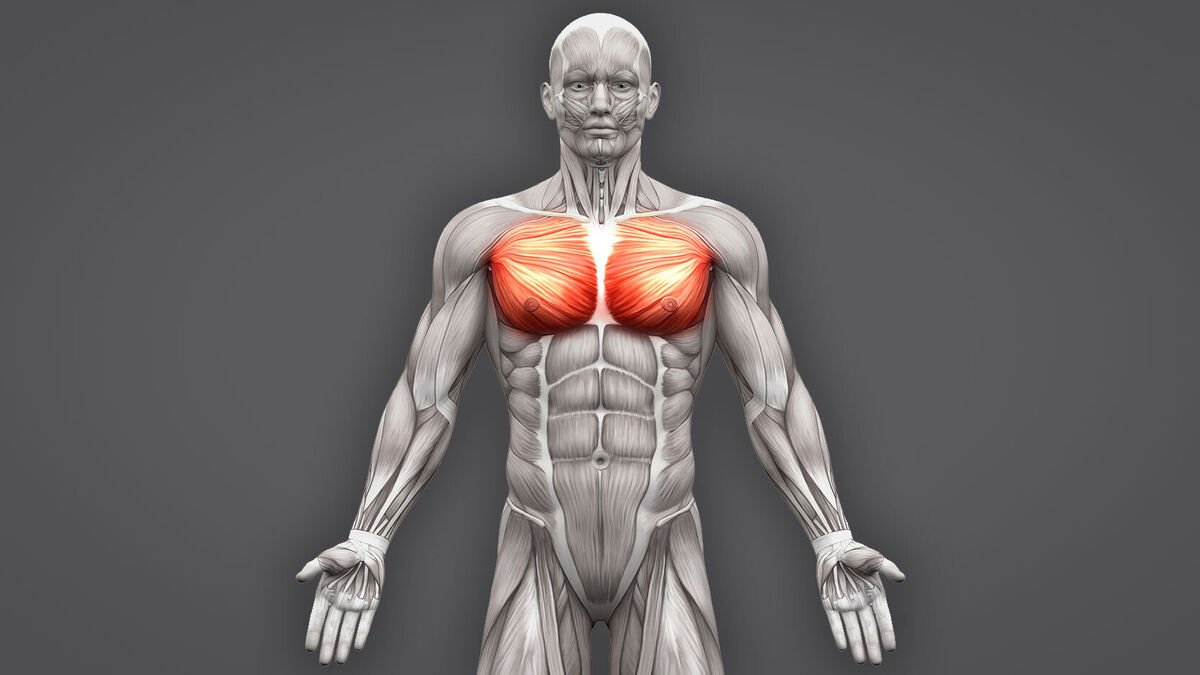Welcome to the fascinating world of anatomy for exercise! Have you ever wondered how your muscles work when you exercise? How does lifting a weight make your biceps bulge, or how does jogging strengthen your leg muscles?
Well, you’re in the right place! In this article, you’ll explore the role of muscles in exercise. Whether you’re a fitness enthusiast or just curious, understanding the basics of exercise anatomy can help you appreciate the amazing engine that is your body.
So, lace up your sneakers, let’s get started!
Breaking Down the Different Types of Muscles Found in the Body
Our body is full of muscles! And these muscles aren’t all the same, they’re different types and they do different things. Just like a car engine has different parts for different jobs, our body has different muscles for different jobs.
There are three main types of muscles in our body – skeletal, cardiac, and smooth.
Skeletal Muscles
Skeletal muscles are the ones you probably think of when someone says “muscle”. They’re attached to our bones and help us move around. When you run, jump, or lift your arm, skeletal muscles do their thing!
Cardiac Muscles
Cardiac muscles are in your heart. They’re super special because they never get tired. They keep your heart pumping all day, every day, sending blood around your body.
Smooth Muscles
Smooth muscles are the sneakiest ones. They’re in places like your stomach and your blood vessels. You don’t control these muscles. They just do their job without you even knowing!
The Connection Between Muscles and Movement During Physical Activity
The connection between muscles and body movements during physical activity is super cool and important! Our muscles work like a team, helping us move and do stuff. When we decide to do something like throw a ball or jump in the air, our brain sends a signal to our muscles.
It’s like the boss saying, “Hey, muscles, time to work!” The muscles say, “Okay boss, we’re on it!” and they pull on our bones to move us. This is how we can do all kinds of things, like play sports, dance, or even just walk around.
How Understanding Muscle Composition Can Enhance Your Workouts
You’ve got two main types of muscle fibers – slow-twitch and fast-twitch. Slow-twitch fibers are like marathon runners.
They keep going and going, but they don’t have a ton of power. Fast-twitch fibers are the sprinters. They have loads of power but tire out fast. When you do different exercises, you’re working these different fibers.
If you get to know the details of your muscles, you can tailor your workout to give those fibers the best workout possible. And the result? You’ll get fitter, stronger, and healthier!
So, now you have a basic understanding of the role of muscles in exercise. If you’re interested in furthering your knowledge and possibly pursuing a career as a certified personal trainer, check it out on the link.
This comprehensive course can help you master the science of fitness and develop the skills necessary to train others effectively.
Learn All About Exercise Anatomy
In conclusion, understanding the intricacies of exercise anatomy – from the different types of muscles in our bodies, how they correlate with movements during physical activity, to the composition of muscle fibers – can truly revolutionize our approach to fitness.
This knowledge not only allows us to appreciate the marvel that is our body but also enables us to tailor our workouts for optimal results.
Did you find this article helpful? Check out the rest of our blog.
